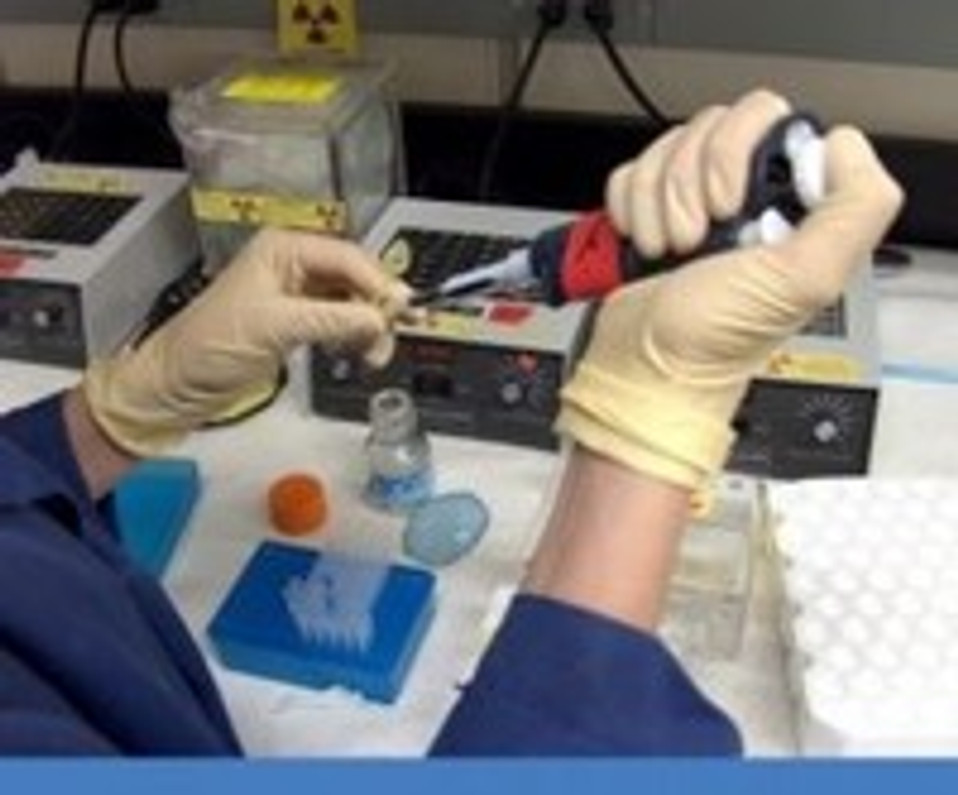CDC Acknowledges Safety Lapses In Handling of Deadly Microbes
Last month, approximately 84 workers at the Centers For Disease Control and Prevention (CDC) were exposed to the potentially deadly bacteria Bacillus anthraci (anthrax) when a researcher unknowingly sent samples to another CDC facility. Thankfully, no illnesses occurred as a result of workers' exposure to anthrax, but this incident begs the question: how safe are these viruses and bacteria maintained by the CDC?
Following the incident at CDC's headquarters, an internal investigation was conducted along with a second investigation from the Animal and Plant Health Inspection Service (APHIS). According to the report, there were numerous safety lapses that subsequently led to the workers' exposure, including the following:
- Anthrax stored in unlocked refrigerators in unrestricted hallways.
- No warning signs to alert workers of the refrigerator's contents (anthrax).
- A key to the anthrax refrigerator door sat in the lock.
- Lab workers who were potentially exposed to anthrax were not screened until five days after the incident occurred.
- Disinfectant product used to sanitize vials and containers had expired.
- CDC workers used plastic bags to transport dangerous materials.
When a copy of the report was sent to the CDC, spokesman Tom Skinner responded by saying: "We are carefully scrutinizing their report. We’re moving to address others as quickly as possible."
But this isn't the first time an incident such as this has occurred at the CDC. Earlier this year (prior to the anthrax incident), the CDC shipped a highly contagious strain of the flu virus to a USDA lab in Georgia. In 2009, a contagious and potentially deadly strain of bacteria was sent to third-party labs outside of the CDC.
U.S. lawmakers grilled CDC officials in wake of this report at a hearing on Capital Hill. "A dangerous, very dangerous pattern is emerging and there are a lot of unknowns out there. Why do these events keep happening?" asked Committee Chairman Fred Upton. 'In hindsight, we realize we missed a crucial pattern: a pattern of incidents that reflect the need to improve the culture of safety at CDC," responded Thomas Frieden, CDC director.
Human error is bound to happen in every industry, and the CDC is no exception. But when the possibility of a pandemic viral or bacterial outbreak is at stake, greater oversight must be used to ensure these microbes are safety stored and handled.
Do you think the CDC should do more to safeguard its workers against exposure to deadly microbes? Let us know in the comments section below!
Recent Posts
-
Fire Safety in the Workplace: What You Need to Know
What steps are you taking to prevent fires in your workplace? According to the U.S. Occupational Saf …Aug 23rd 2023 -
Is It Safe to Go Jogging With a Cold Infection?
If you're suffering from a cold infection, you might be wondering whether it's safe to go jogging. T …Aug 22nd 2023 -
5 Safety Tips to Follow When Using a Powder-Actuated Tool
Powder-actuated tools are commonly used to join materials to steel and concrete. Also known as Hilti …Aug 20th 2023




